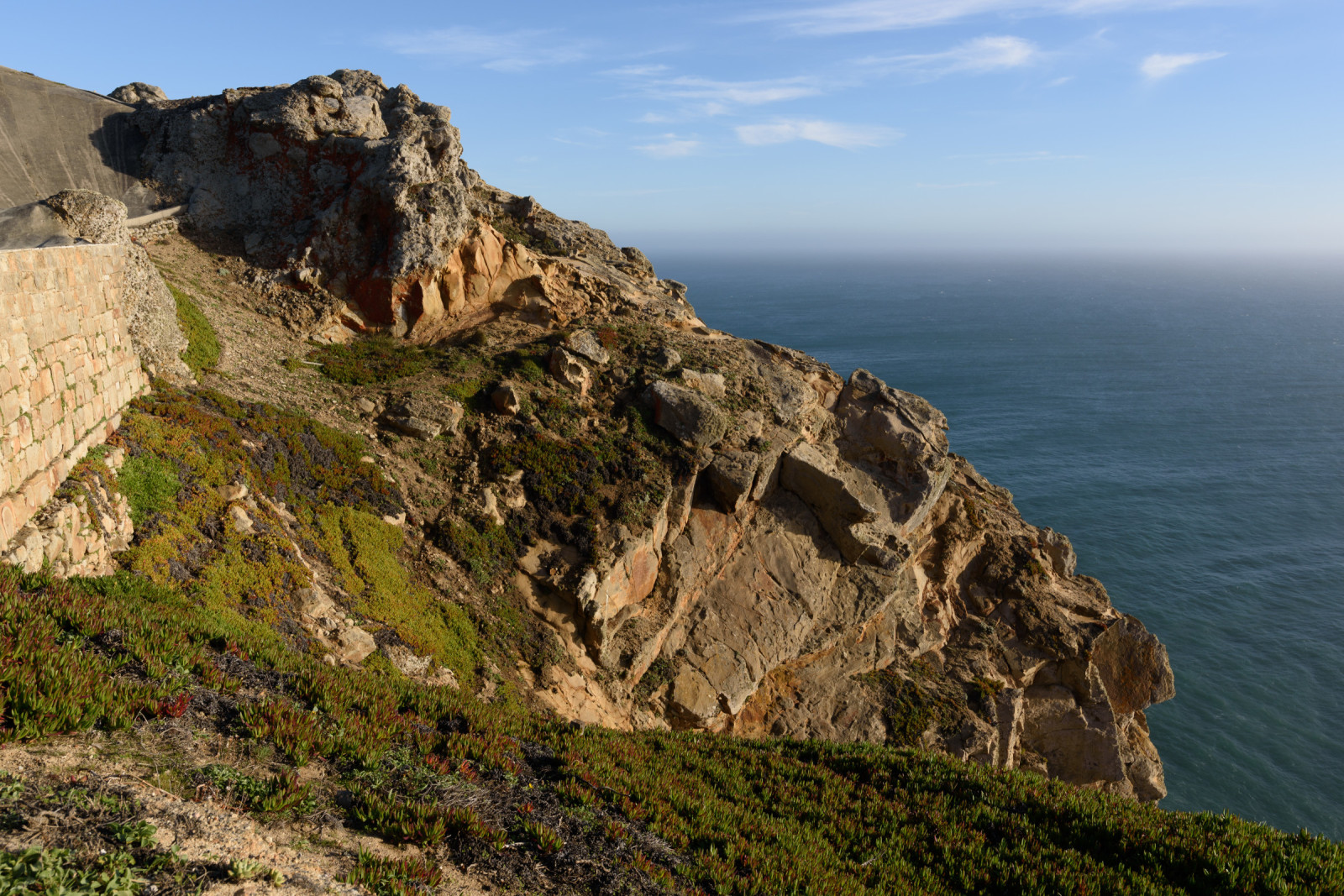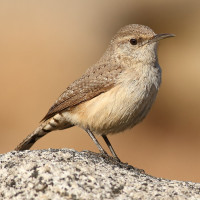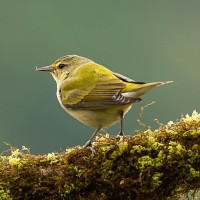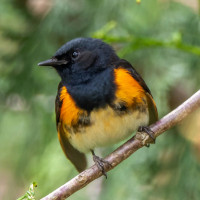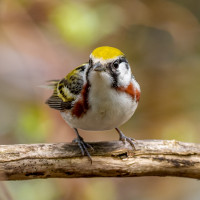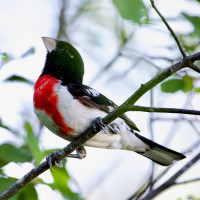Opis
The lighthouse area (especially the line of Monterey Cypress trees), has hosted an astonishing array of rare birds - especially during Fall migration, but also in Spring. Located at the westernmost tip of the Point Reyes peninsula, the rocky bluffs here protrude into a particularly productive area of the Pacific, also make this location perfect for viewing both marine birds and wildlife, such as whales.
As of January, 2025, nearly 300 species had been found here. The small group of 8-10 Monterey Cypress trees that line the path to the Point Reyes Lighthouse, along with the coastal scrub below the residence, look completely unremarkable, and host few resident birds on a routine basis. But when conditions are right during migration, this spot can be a veritable treasure trove for birders! Vagrants occurring at these locations on a particular day during migration are highly dependent on factors like wind direction and speed, ground level visibility and cloud ceiling.
Because of it's location, certain species that breed in the east and midwest, which are generally rare on the West Coast, like American Redstart, Tennessee Warbler, Chestnut-sided Warbler, Magnolia Warbler and Rose-breasted Grosbeak are fairly regular and even expected during peak times in migration when the weather conditions are favorable.
The peak season for Fall vagrants at the lighthouse trees and outer point generally is late September through early October. In Spring, the peak migrant and vagrant season is from late May to mid June.
In general, light south to southeast winds are most ideal for vagrants at the lighthouse and throughout the outer point. Wind speeds of around 10 knots / 12 miles per hour are optimal, though vagrants can still show up on days with little wind. A high layer of fog (with good visibility below) is better than a clear day. This is because lost or off-course birds will drop below the cloud layer, discover that they're flying over the ocean, and then redirect to the nearest visible point of land - while the cloud ceiling discourages birds already at the point from moving on. The lighthouse area, protruding far out into the ocean, serves as a beacon that can be seen from miles away, and the trees and shrubs there provide a much needed resting point.
[Note: see the links section further below for a link to the weather station that's most useful for assessing conditions at the lighthouse and outer point]
The rocky outcrops along the trail towards the lighthouse are one of the best places to see Rock Wren in Marin County and the near coastal portion of the bay area. Outside of vagrants and migrants, birds seen here routinely for all or part of the year include: California Quail, Anna's Hummingbird, Western Gull, Turkey Vulture, Red-tailed Hawk, Peregrine Falcon, Black Phoebe, Say's Phoebe, Common Raven, Western Bluebird, White-crowned Sparrow, Song Sparrow and Yellow-rumped Warbler.
At any season, sea watching here can be fun and sometimes dramatic. The sight of tens of thousands of Sooty Shearwaters flying past in an endless stream on some days in fall (from here or other coastal promonotories) is one of the epic events of the natural world! Birds such as Pigeon Guillemot, Common Murre, Brandt's Cormorant, Pelagic Cormorant, Surf Scoter, Pacific Loon, Red-throated Loon, Brown Pelican, Heermann's Gull, Western Grebe, Western Gull, Glaucous-winged Gull and Black Oystercatcher are commonly seen looking out from the bluff, depending on the season. Sea watchers who watch carefully and devote some time may also see species like Black Scoter, Northern Fulmar, Red-necked Grebe, White-winged Scoter, and others.
Just a sampling of the stunning rarities seen at Point Reyes over the years include: Sandhill Crane, Mexican Whip-poor-will, King Eider, Ancient Murrelet, Short-tailed Shearwater, Black-vented Shearwater, Cocos Booby, Blue-footed Booby, Red-headed Woodpecker, Eastern Wood-Pewee, Alder Flycatcher, Vermilion Flycatcher, Great Crested Flycatcher, Yellow-throated Vireo, Philadelphia Vireo, Yellow-green Vireo, Bendire's Thrasher, Gray-cheeked Thrush, Golden-winged Warbler, Blue-winged Warbler, Virginia's Warbler, Bay-breasted Warbler, Black-throated Blue Warbler, Black-throated Green Warbler, Canada Warbler, Ovenbird, Connecticut Warbler, Worm-eating Warbler, Kentucky Warbler, Cape May Warbler, Bay-breasted Warbler, Black-throated Blue Warbler, Yellow-throated Warbler, Painted Redstart, Scarlet Tanager, Painted Bunting, Bobolink, Dickcissel, Scott's Oriole, Chestnut-collared Longspur, Smith's Longspur, Red-throated Pipit, Eastern Yellow Wagtail, White Wagtail, Common Redpoll, European Goldfinch, and LeConte's Sparrow.
Szczegóły
Dostęp
There is a parking lot, with a paved trail to the lighthouse. The cypress trees that serve as a migrant trap are along a fairly level area of path, but beyond this, the path includes hundreds of steep steps down to the lighthouse itself.
Teren i siedlisko
Kanion/klif , Rzadkie drzewa i krzewy , Wrzosowisko , MorzeWarunki
Skalisty , Otwarty krajobrazTrasa dookoła
NieCzy luneta będzie przydatna ?
NieUdany sezon obserwacyjny
Wiosna , JesieńNajlepszy czas na wizytę
Wiosenne migracje , Jesienne migracjeTrasa
Droga utwardzona , Szeroka ścieżkaPoziom trudności szlaku pieszego
ŁatwyDostępne
Pieszo , Wózek inwalidzkiCzatownia/platforma obserwacyjna
NieDodatkowe informacje
NOTES ON WEATHER:
Note that weather on the outer point of Point Reyes can be quite changeable, and can differ dramatically from weather in much of the rest of Marin County or in the bay area generally. This region is known for having dramatic micro-climates that can result in really different temperatures, cloud cover and other conditions between points as close as 5 miles apart! So, while temperatures in the town of Fairfax (37 miles / 60 km to the east) can easily be 87 degrees F (32 C) in summer or fall, Point Reyes and the outer point / lighthouse area on that same day might be 52 degrees F (11 C), with high wind and dense fog! So when looking at weather reports, be sure to look for information that's as specific to Point Reyes as possible, or ideally, specific to the outer point / lighthouse area in particular.
At times, the outer point can drowned in low fog or buffetted by howling wind, while at other times it can be calm, sunny and glorious, as tourists variously discover. The presence of fog is common along the coast (especially spring through mid-summer - and frequently burns off from mid-morning to early afternoon, but can also linger all day.
Linki
- Best weather station for determining if wind conditions are ideal at the outer point and lighthouse
- Point Reyes National Seashore website
- Ebird bar charts of bird species occurring at the lighthouse by month
- Ebird hotspot for the Point Reyes lighthouse
- Point Reyes - General Birding Places Page (encompassing the entire park)
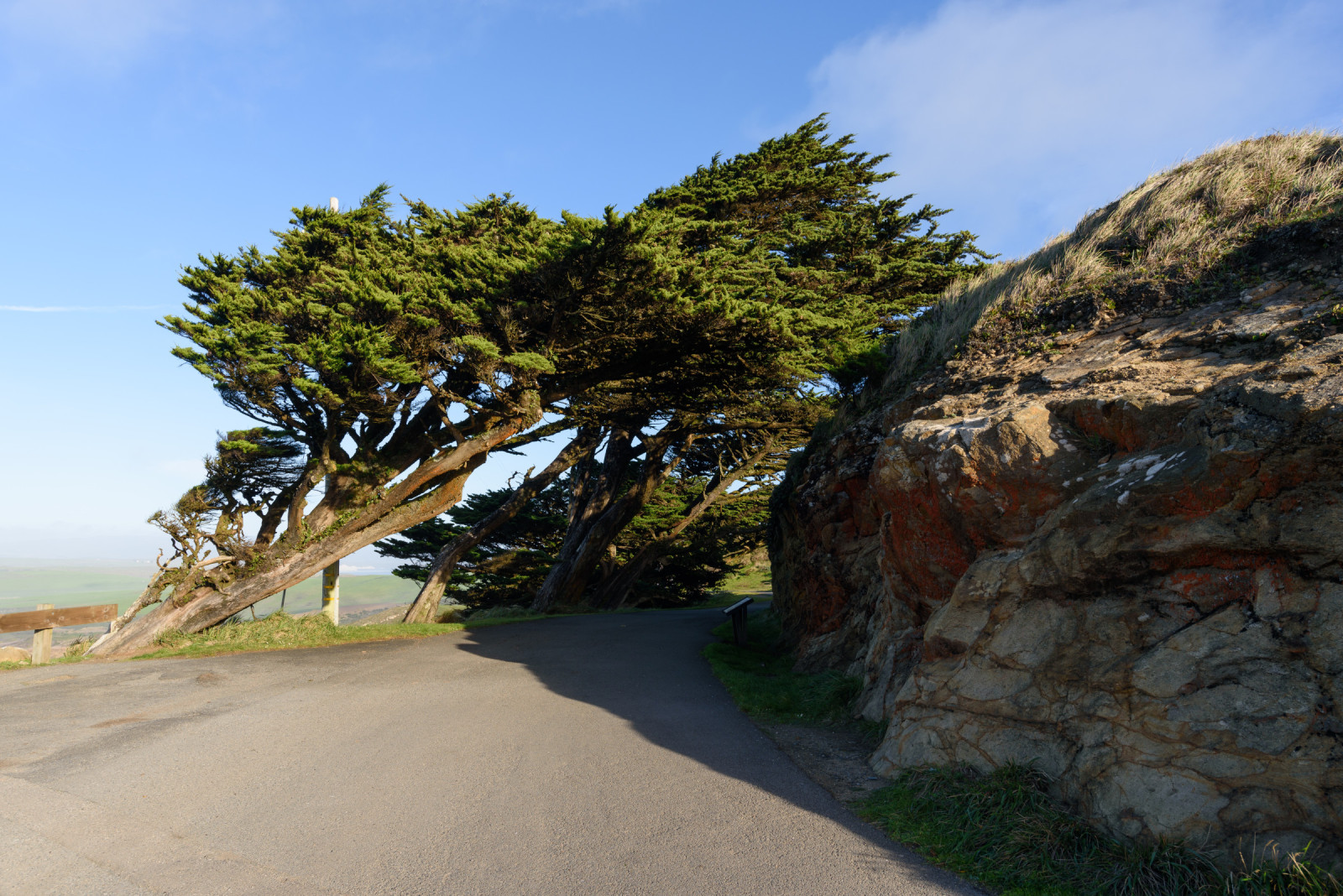
.jpg)
